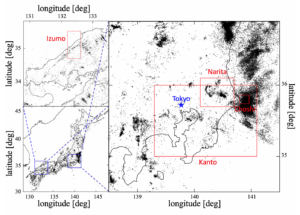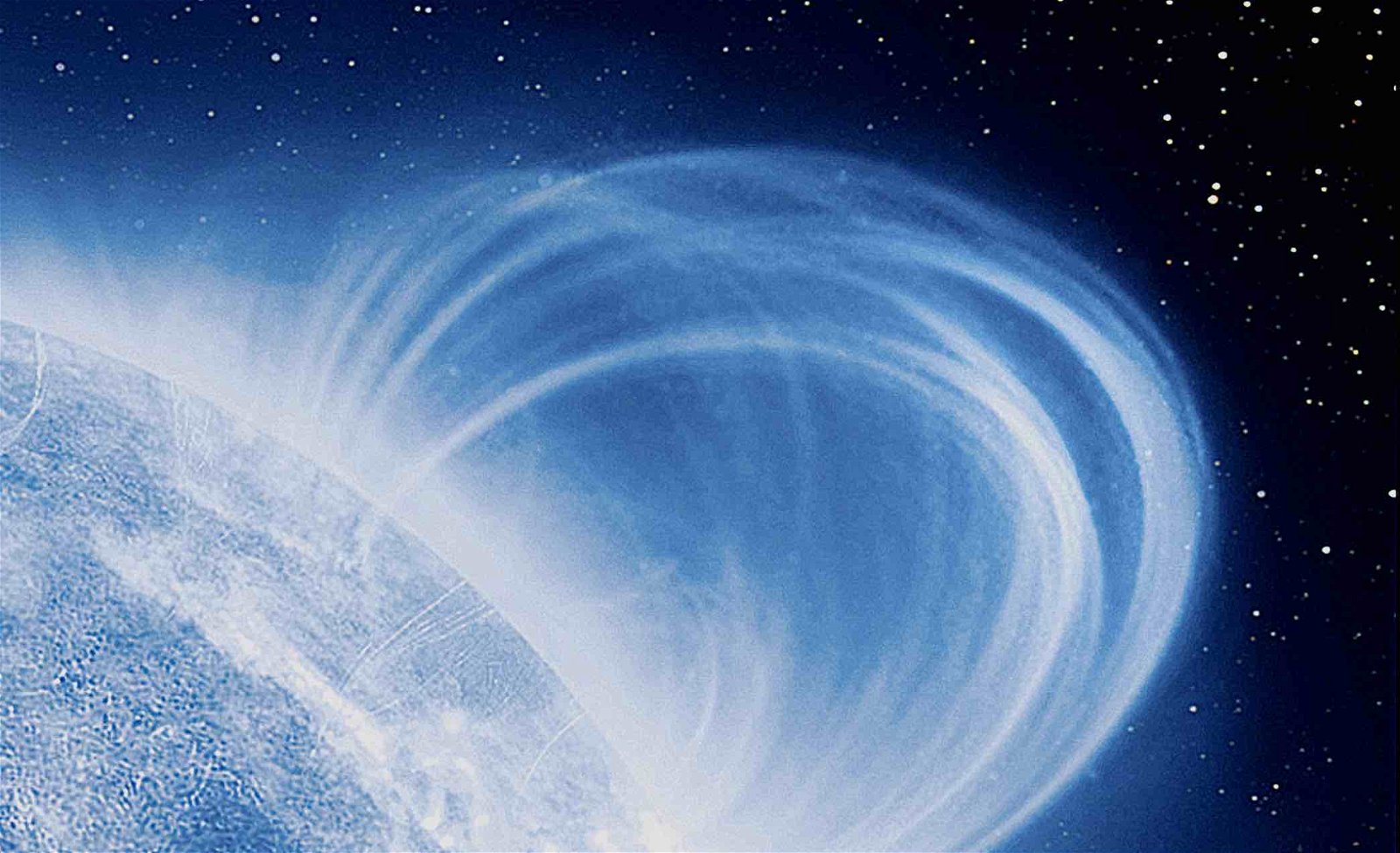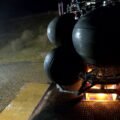Mysterious energy bursts from outer space that have baffled scientists and astronomers for over a decade may soon have an explanation, thanks to new research into what scientists call “starquakes.”
Fast Radio Bursts (FRBs) are bright flashes of cosmic energy from distant locations in space, which have previously been attributed to sources that include solar flares and even possible evidence of the technologies of intelligent aliens. But a new set of measurements that compare the patterns of these sometimes random signals to those of earthquakes could indicate that a similar phenomenon, known as starquakes, is blasting Earth with thousands of these mysterious energy bursts every single day.
Starquakes on the Surface of Magnetars May Cause Mysterious Energy Bursts
First discovered in 2007, astronomers have regularly spotted FRBs flashing their strange cosmic signals from across distant regions of space. Many potential origins have been proposed for these mysterious energy bursts, and while some contenders are more likely, none have been definitively proven.
That’s mainly because most FRBs appear only once, while a small subset appears at semi-regular intervals, seemingly from the same origin. At one point, solar flares were the most popular culprit, but observations and analysis ultimately ruled these bursts of stellar energy out. Others proposed the idea of regular signals from an extraterrestrial civilization, but follow-up measurements seem to indicate a more natural cosmic phenomenon at work.
More recently, scientists have begun to favor an interstellar origin originating from neutron stars. Neutron stars are supergiant stars that have collapsed on themselves, sometimes reducing their entire stellar mass to an ultra-dense spheroid between 24 and 40 kilometers in diameter. The resulting neutron star is considered the densest object in the universe, rivaling the interior of an atomic nucleus.
One particular type of neutron star is a magnetar, which is simply a neutron star with an unusually strong magnetic field. Notably, neutron stars have been known to emit FRBs, although researchers weren’t exactly sure why or how. Now, researchers from the University of Tokyo say they think that these magnetars are experiencing earthquakes on their solid surface, resulting in massive blasts of energy that typically last thousandths of a second but can travel billions of miles. They call them “starquakes.”
“It was theoretically considered that the surface of a magnetar could be experiencing a starquake, an energy release similar to earthquakes on Earth,” said Professor Tomonori Totani from the Department of Astronomy at the Graduate School of Science. “Recent observational advances have led to the detection of thousands more FRBs, so we took the opportunity to compare the now large statistical data sets available for FRBs with data from earthquakes and solar flares to explore possible similarities.”
Starquake Patterns Resemble Earthquake Patterns
Specifically, the team analyzed the underlying mathematical patterns behind solar flares and earthquakes to see if the patterns of repeat FRBs shared any similarities in their strength, duration, and time between original and follow-up events.


According to the press release announcing the study, “the team decided to calculate correlation across two-dimensional space, analyzing the time and emission energy of nearly 7,000 bursts from three different repeater FRB sources.” Next, they looked at the same time-energy correlation of earthquakes and solar flares. Shockingly, the patterns of solar flares were extremely dissimilar, whereas the similarities between earthquakes and FRBs were staggeringly similar.
“The results show notable similarities between FRBs and earthquakes in the following ways,” Totani explained. “First, the probability of an aftershock occurring for a single event is 10-50%; second, the aftershock occurrence rate decreases with time, as a power of time; third, the aftershock rate is always constant even if the FRB-earthquake activity (mean rate) changes significantly; and fourth, there is no correlation between the energies of the main shock and its aftershock.”
This correlation, they note, very likely means that the surfaces of magnetars are solid on the surface and that when they experience earthquakes, they emit what was previously a mysterious energy burst that humans can pick up on their telescopes.
Mysterious Energy Bursts Could Help Offer Insight into Fundamental Laws of Nuclear Physics
While those hoping for signals from an intelligent civilization from across the cosmos, the researchers behind this latest study are elated with their findings. Not only have they potentially solved one of the most confounded mysteries of modern cosmology, but they believe that their research may help to answer even more fundamental questions, both about earthquake behavior here on Earth as well as the behavior of all matter.
“By studying starquakes on distant ultradense stars, which are completely different environments from Earth, we may gain new insights into earthquakes,” said Totani. “Starquakes in neutron stars have opened up the possibility of gaining new insights into very high-density matter and the fundamental laws of nuclear physics.”
Christopher Plain is a Science Fiction and Fantasy novelist and Head Science Writer at The Debrief. Follow and connect with him on X, learn about his books at plainfiction.com, or email him directly at christopher@thedebrief.org.

